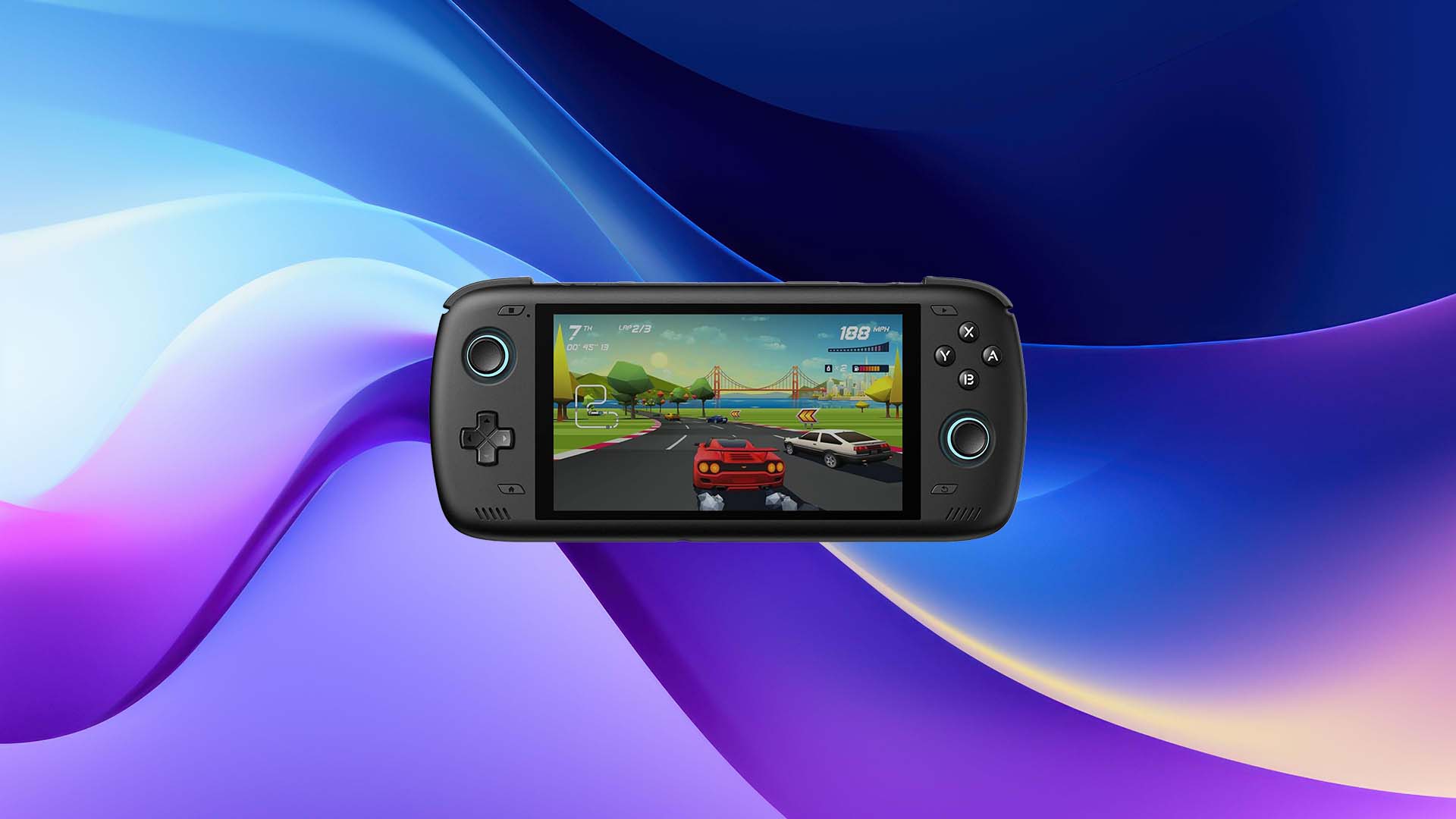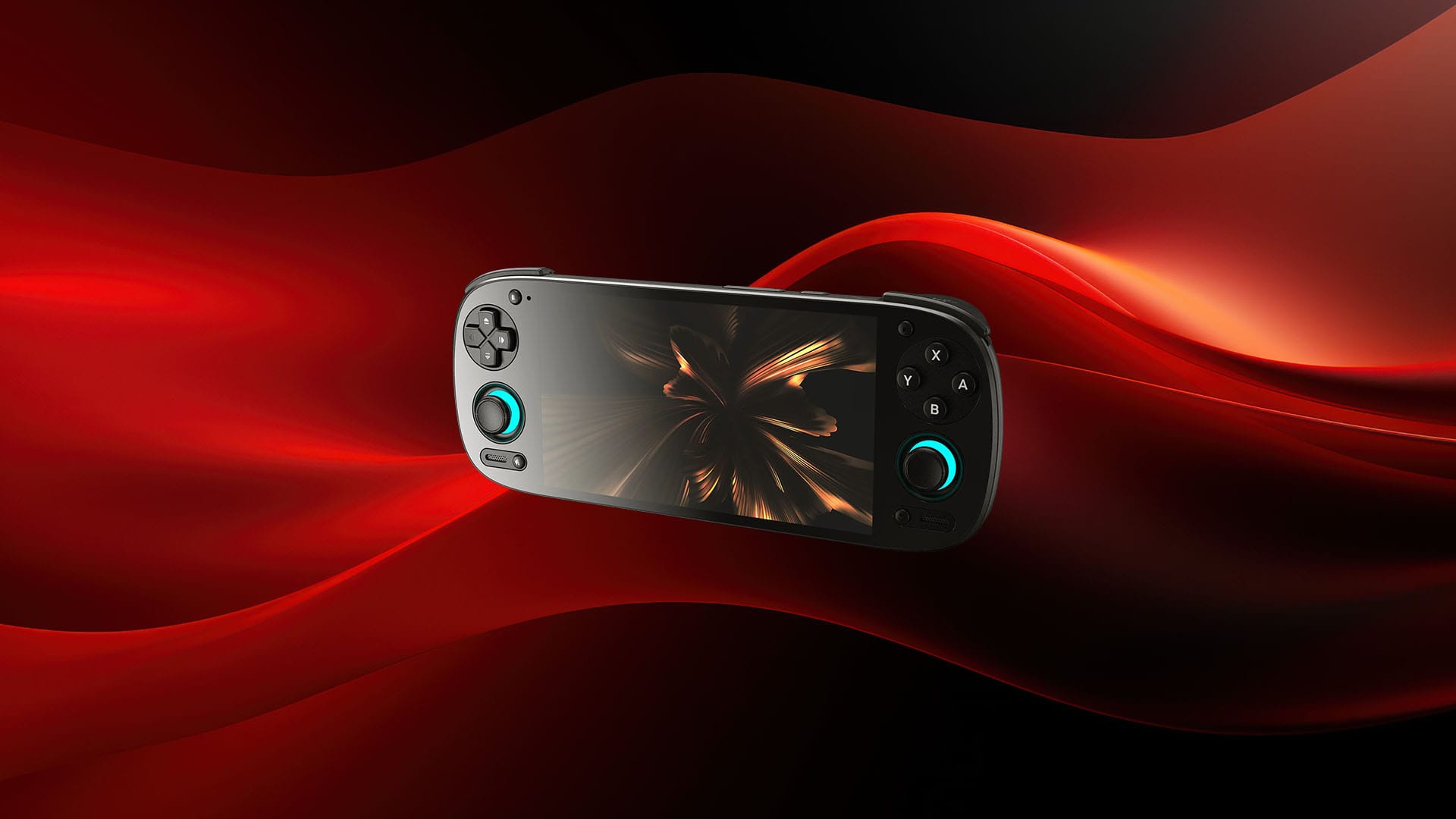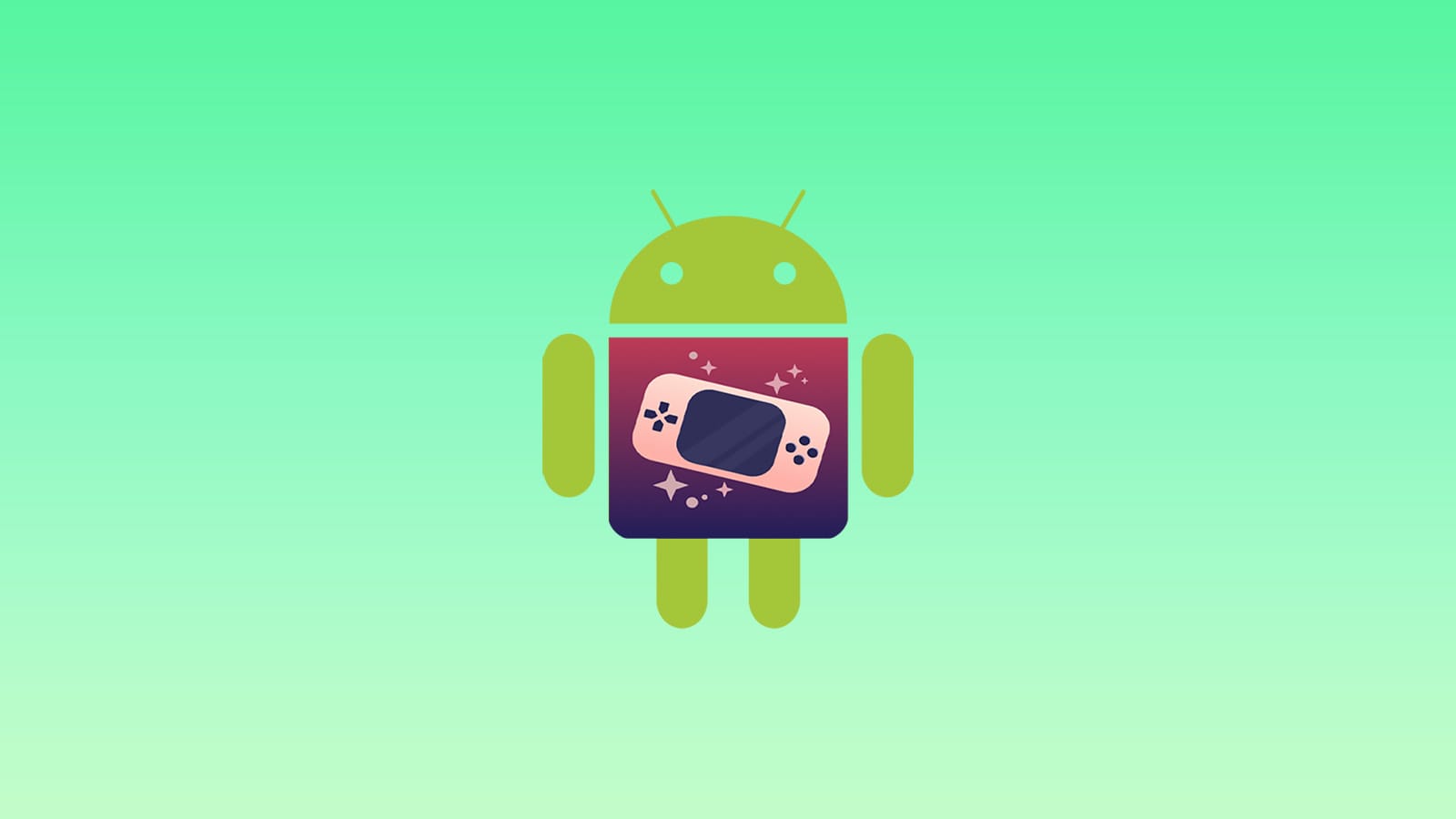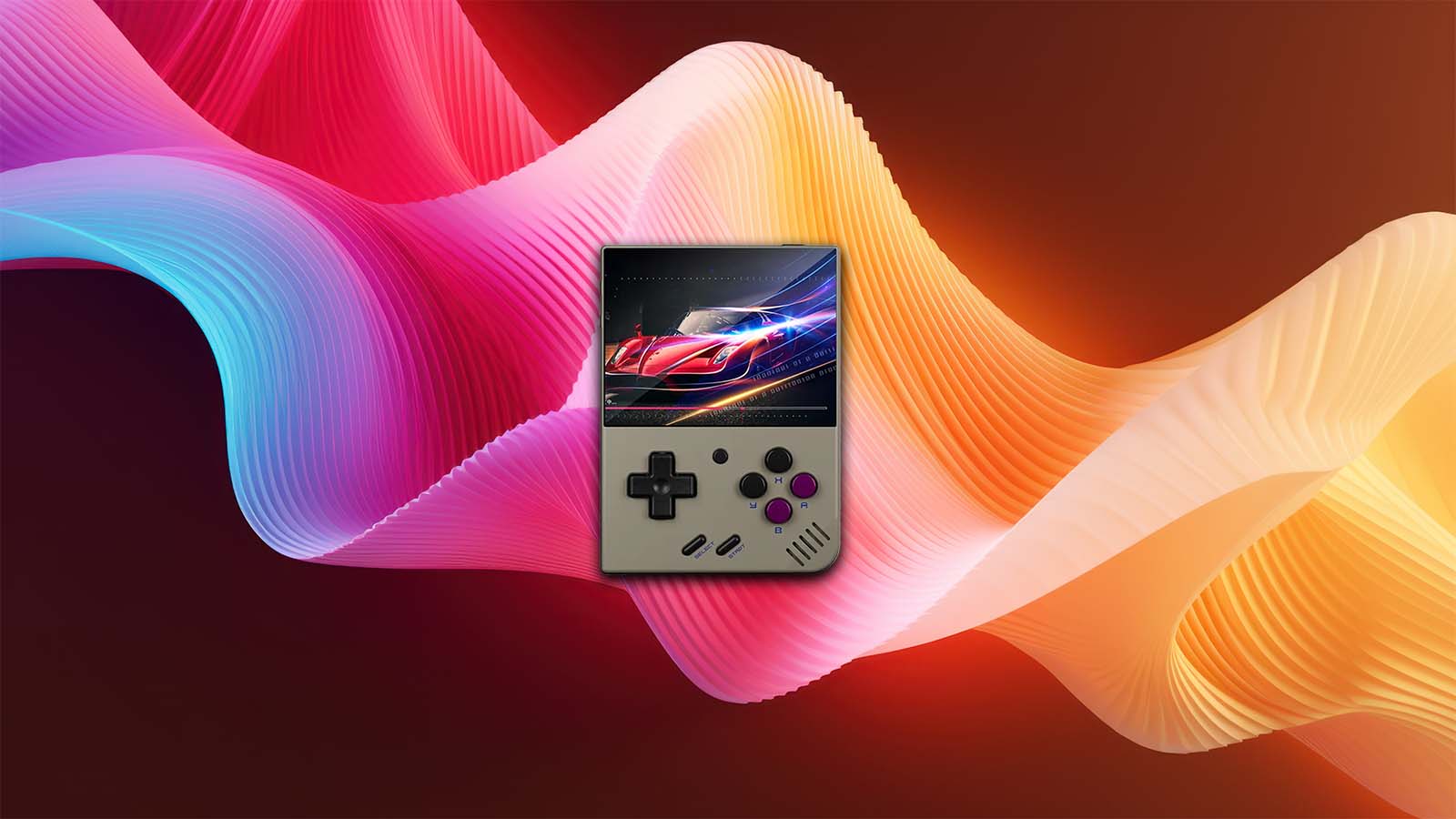If you’ve ever wanted your Android device to feel like a curated retro gaming console, EmulationStation-DE (or ES-DE for short) is exactly what you’ve been looking for. It’s sleek, highly customizable, controller-friendly, and gives your ROM library the polish it deserves. Imagine turning your Android handheld, tablet, or TV box into a gorgeous front-end that can display cover art, gameplay videos, and system logos—just like a modern game library but for your retro collection.
What You’ll Need Before You Begin
Before we dive in, here’s a quick checklist of what you’ll need to get everything set up smoothly:
- An Android device — preferably with SD card support for easy storage.
- A controller — ES-DE works best with a physical controller (Bluetooth or USB).
- An SD card (optional but highly recommended) — for storing ROMs, themes, and scraped media.
- A PC or Mac — to download and transfer the ES-DE APK file more easily.
- A Patreon account — to access the latest ES-DE APK (you can cancel after downloading).
- A Screenscraper.fr account — for pulling metadata, box art, and videos for your games.
- Your ROM collection — legally acquired backups of games you own.
- A file manager app — useful for navigating and setting folders on Android.
With all that ready, you’re good to go. Let’s set up your ultimate retro launcher.
Benefits of ES-DE
What sets ES-DE apart? For starters, it’s built for ease-of-use with controllers, so navigating your collection is buttery smooth. It also supports dozens of systems right out of the gate and offers incredible theme support, powerful scraping tools for metadata, and even lets you integrate Android apps like standalone emulators and game launchers. It looks and feels like a premium app, but it’s available for the price of a coffee through Patreon—and you can cancel after the first month if you want.
How To Get ES-DE on Android
ES-DE needs access to parts of your Android device that Google Play Store policies simply won’t allow—like full file system access for scraping, media storage, and ROM organization. Instead of compromising features, the developer made the smart move of offering it directly through Patreon. It’s a small extra step, but it means you get the full experience, exactly as intended.
Sign Up on Patreon
To get access to the app, you’ll need to sign up for the official EmulationStation-DE Patreon. Don’t worry—it’s inexpensive, and you can cancel after the first month with zero fuss. The subscription unlocks download links for the most recent builds, support posts, and update instructions.
Download the Latest APK From Patreon’s Release Post
Once you’re signed in, head to the latest post on the ES-DE Patreon page. Near the bottom, you’ll see a direct download link for the current Android APK. That’s the file you’ll need to install ES-DE on your device. No hunting, no confusion—just click and grab the latest version.
Best Practice: Download on PC, Then Transfer APK to Android The easiest way to handle this is by downloading the APK file to your PC or Mac first. Then, connect your Android device via USB (or use a file-sharing app like Send Anywhere) and move the APK file over. This method avoids potential browser issues on mobile and ensures you always know where the file is. Once it’s transferred, open the APK on your Android device to begin installation. You’ll get a prompt to update if you already have an older version—just tap "Update" and you’re good to go.
Installing the APK on Your Device
Now that you’ve got the ES-DE APK on your Android device, it’s time to install it. This process is known as sideloading, and it’s totally safe as long as you’re downloading directly from the official Patreon page.
To sideload:
- Open your file manager app and navigate to the location of the ES-DE APK.
- Tap the APK file to begin installation.
- If prompted, allow installations from “Unknown Sources” (you’ll only need to do this once).
- Tap “Install” and let Android do its thing.
Once installed, ES-DE will show up in your app drawer, ready to launch like any other app.
Grant All File Access Permissions (This Step is Crucial)
Before you do anything else, grant ES-DE full access to your files. This is absolutely essential—without it, the app can’t scan your ROMs, download themes, or scrape media. When prompted, allow “All files access” or go to: Settings > Apps > ES-DE > Permissions > Files and media > Allow all file access
This gives the app permission to read from your SD card and internal storage, where your ROMs, themes, and scraped content will live.
Launch and Hit ‘Begin Setup’ to Get Started
With permissions sorted, go ahead and open ES-DE for the first time. You’ll be greeted with a simple screen—just tap “Begin Setup” to start configuring your retro gaming haven.
This will kick off the initial setup process, where you’ll tell ES-DE where to save data, locate your ROMs, and start customizing the look and feel of your emulation front-end. Don’t worry—it’s easier than it sounds, and you’ll be up and running in just a few minutes.
Setting Up Your Storage and ROMs Directory
Before anything else, you’ll need to decide where ES-DE will store your game library and media files. The best option? Use a microSD card. Why? Because storing everything on an SD card means your data becomes portable. You can simply pop the card into another Android device, install ES-DE there, and everything — from your games to your artwork — is ready to go. It’s clean, organized, and future-proof.
Create the ES-DE Folder at the Root of Your SD Card
Once your SD card is inserted and recognized by your device, open your file manager and create a new folder named ES-DE directly at the root of the SD card — not inside any other folder. This is where all of ES-DE’s metadata, themes, artwork, and scraped info will live. When prompted during setup, point ES-DE to this exact folder to lock it in as your base directory.
Create the ROMs Folder and Point ES-DE to It
Next up: ROMs. Create a new folder inside the SD card’s root directory (not inside the ES-DE folder this time) and name it: ROMs. Once you launch ES-DE and begin setup, the app will ask where your ROMs are stored. Just navigate to the ROMs folder you just created and select it. That tells ES-DE where to look when loading up your game systems.
Let ES-DE Auto-Generate Subfolders For Each Supported System
After selecting the ROMs folder, ES-DE will offer to automatically create subfolders for each supported system. This is a huge time-saver — say yes. It’ll populate your ROMs folder with neatly labeled directories like nes, snes, gba, psx, and more. That way, you’ll know exactly where to drop each ROM file later. Not only does this keep things organized, but it also helps ES-DE instantly recognize your games the next time it boots up. Clean setup now means a smoother experience later.
ROMs: Organizing and Transferring Your Games
Once ES-DE has set up your ROM directory, you’ll notice it automatically creates a tidy lineup of folders—each named after a supported system. This is where the magic starts.
To keep things running smoothly, make sure you drop each game ROM into the correct system folder. For example, SNES games go into the snes folder, PlayStation games into psx, and so on. If your files are floating around in random folders, ES-DE won’t know where to find them.
ES-DE supports dozens of systems, but that doesn’t mean you need to fill every folder. Stick to the consoles you actually care about, whether that’s Game Boy Advance, Dreamcast, or Neo Geo. Not only does this keep your library lean and clean, but it also speeds up scraping and improves your daily experience navigating your collection. Quality over quantity is the move here.
Make Sure at Least One ROM is Added to Avoid Errors
When you first boot into ES-DE, you might see a message like “No game files found.” Don’t panic—this just means your folders are empty. To move forward, you need at least one ROM file added to one of the system folders. Just one. That’s enough to unlock the interface and access the main menu. After that, you can start adding more games at your own pace and watch your system lineup populate automatically.
First Boot: Your Initial Walkthrough
Once you’ve installed ES-DE, set up your folders, and added at least one ROM, it’s time for the real fun to begin. Launch the app, and you’ll land on the main screen—a sleek, console-style interface showcasing all the systems for which you’ve added games. Each system will appear with a custom icon and name. You’ll be able to scroll left and right between them, with blank systems hidden by default (no clutter!). If you’ve added multiple systems’ worth of games, you’ll already start to see that sweet retro vibe in full effect.
Disabling the On-Screen Touch Controller
You may notice an on-screen touch overlay pop up—great if you’re on a phone or tablet without a controller, but if you’re rocking a gamepad or Android handheld, it’s probably just in the way.
To disable it:
- Press Start on your controller to open the ES-DE menu.
- Go to Input Device Settings.
- Scroll down and toggle Disable Touch Overlay to ON.
This cleans up your screen and lets you fully embrace that console-like experience with zero distractions.
Tweak Game Collection Settings for Quick Access to Favorites and Recents
Want to jump straight into your go-to games? Or pick up right where you left off? ES-DE lets you do just that with custom Game Collection settings. Here’s how to enable smart sorting:
- Press Start to bring up the menu.
- Navigate to Game Collection Settings.
- Select Automatic Game Collections.
- Enable options like “Last Played” and “Favorites”.
These collections will now appear on your home screen, allowing you to quick-launch your most-played titles without scrolling through entire libraries. It’s fast, intuitive, and tailored for retro gamers who know exactly what they’re here for.
Customizing Your Interface
One of the best things about ES-DE? It doesn’t just run like a dream — it looks amazing, too.
Thanks to built-in theme support, you can completely transform the interface to match your personal style. Whether you’re into slick minimalist layouts or full-blown retro vibes, there’s a theme out there for you. To get started:
- Press Start on your controller.
- Go to UI Settings.
- Select Theme Downloader — this is where the magic begins.
Once you’re in the Theme Downloader, ES-DE will connect online and fetch the latest themes available for download. This can take a few seconds, so give it a moment. You’ll be presented with a list of community-created themes, all showcasing different aesthetics, from clean and modern to loud and nostalgic. Just highlight the theme you want, press A to download it, and wait for the confirmation.
Pro Tip: Scroll down and look for ‘Art Book Next’ — it's one of the most beloved themes for a reason. It adds a sleek, magazine-style flair to your interface, complete with bold system graphics and beautifully laid-out game info.
Switching to Your New Theme and Seeing the Magic
Once your new theme is downloaded:
- Back out to the UI Settings menu.
- Select Theme, and pick the one you just downloaded (like Art Book Next).
- Back out one more time — and watch your whole interface change before your eyes.
Your home screen will now reflect your chosen theme, with custom icons, fonts, animations, and layouts. It’s like giving your retro setup a brand-new coat of paint. The best part? You can switch themes anytime, so you’re never stuck with the same look. Mix it up, experiment, and make your Android retro rig feel like your personal time machine.
Scraping Your Games for Metadata and Art
ROMs are just files — but scraped games are full-blown experiences. With scraping, EmulationStation ES-DE adds artwork, descriptions, box art, trailers, and more to your game library. It turns a bland file list into a beautiful, interactive museum of gaming history. It also makes browsing feel like flipping through a vintage game catalog — and let’s be honest, it’s wildly satisfying.
Create a Screenscraper.fr Account
Before you can start scraping, you’ll need an account on Screenscraper.fr. It’s free and powers all the metadata ES-DE pulls in. Here’s how to do it.
- Go to the Screenscraper website.
- Sign up for an account (a simple username and password is all you need).
- Keep those login details handy — you’ll plug them into ES-DE in a moment.
How To Scrape Games, Systems, and Missing Metadata
Ready to breathe life into your ROM list?
- Press Start on your controller.
- Navigate to Scraper.
- Choose Scrape These Games — here you can pick all games, only missing data, or more granular options.
- Under Scrape These Systems, select the systems you want to work on.
- In Account Settings, enter your Screenscraper login info.
- Keep Content Settings, Miximage Settings, and Other Settings as-is unless you want advanced customization.
- Hit Start, and ES-DE will begin gathering metadata and visuals for your selected games.
Scraping Tips: One System at a Time for Best Results
Scraping can take a while, especially with large collections. To avoid burning out your device (and yourself), scrape one system at a time.
Queue up your NES or SNES library before bed, let it do its thing overnight, and repeat the next day for another system. It’s way smoother than scraping hundreds or thousands of titles at once.
If you need to stop early, you can pause scraping and resume later by setting “Scrape These Games” to Only Missing Metadata.
Fixing Scrape Misses: Manual Metadata Edits and Name Tweaks
Not every game will scrape perfectly. Sometimes the file name is off, or Screenscraper can’t find a match. Here’s how to fix it:
- Scroll to the game with missing data.
- Press Select, then choose Edit This Game’s Metadata.
- Scroll down to Scrape — ES-DE will search again based on the current name.
- If nothing appears, back out and try editing the game name manually. Simplify it, remove extra brackets or region tags.
This trial-and-error process can be a bit of a mini-game in itself, but it’s worth it for those hard-to-find gems.
Backup Scraper: Switch to THEGAMESDB for Leftovers
Still missing a few games? No problem — ES-DE gives you a second shot.
- Head back into the Scraper menu.
- Change Scrape From to THEGAMESDB.
- Set Scrape These Games to No Metadata Only.
Now it’ll try scraping the leftovers using a different database. Between Screenscraper and THEGAMESDB, you should be able to fill in almost everything — even those obscure cult classics.
Adding Android Apps to EmulationStation
While EmulationStation ES-DE is a powerhouse for retro gaming, it currently doesn’t support Android apps natively. That means your favorite standalone emulators and Android games won’t show up in the main interface — at least not by default.
Thankfully, there’s a smart workaround using a lightweight companion app. With just a few extra steps, you can seamlessly integrate Android apps right into ES-DE, keeping everything in one slick launcher.
Install ‘ES Applauncher’ from GitHub
To bridge the gap between ES-DE and your Android apps, you’ll need a free tool called ES Applauncher. It’s not on the Play Store, so here’s how to get it:
- Head to the official GitHub page for ES Applauncher.
- Download the latest APK release.
- Transfer the APK to your Android gaming device if you’re downloading it on PC.
- Install the APK like any other app (you may need to allow installations from unknown sources).
This app is safe, lightweight, and tailor-made for ES-DE integration.
Tagging Emulators and Games to Show in ES-DE
Once installed, open ES Applauncher. You’ll be greeted with a list of installed Android apps on your device. Here’s what to do:
- Check the box for each emulator or Android game you want to appear inside EmulationStation.
- For anything you don’t want to show up (like utilities or settings apps), check the Disable box — or just leave them untouched. Don’t overthink it. You can always go back and tweak things later.
- Once you’ve made your selections, tap the Save icon in the top-right corner.
- Next, you’ll be asked to choose your ROMs directory (same one you set up in ES-DE). Navigate to your SD card and select the ROMS folder you created earlier. This is where the Applauncher will write the Android app data so that ES-DE can pick it up.
How To Find Them in the Android Apps Section Once Synced
Now for the fun part.
- Open EmulationStation ES-DE.
- Scroll through your system list — you should now see a new section labeled Android or Android Apps.
- Inside, you’ll find the emulators and games you tagged in ES Applauncher, ready to launch directly from the interface.
They’ll look just like any other system in ES-DE, which means they get the same slick navigation, themes, and layout you’ve set up for the rest of your collection. This little workaround blends your Android apps into the retro experience, making ES-DE a true all-in-one launcher. No more digging through the app drawer to find Dolphin, AetherSX2, or your favorite touchscreen fighters — it’s all right there.
Set ES-DE As Your Home Launcher (Optional but Cool)
If you’re looking to go full retro immersion with your Android gaming device — whether it’s a handheld like the AYN Odin or just your spare phone turned emulation beast — setting EmulationStation ES-DE as your default home launcher is a killer move. Here’s how to do it:
- Open your Settings app.
- Scroll down and tap Apps or Apps & Notifications (varies by device).
- Tap Default Apps.
- Choose Home App (or Launcher).
- Select ES-DE from the list.
Boom — just like that, your device now boots straight into your custom retro interface instead of a standard Android home screen.
Quick Access Boot Into Retro Glory Mode
The next time you power on your device, you won’t see rows of app icons or widgets — you’ll dive straight into EmulationStation, with your themes, systems, and games front and center.
It’s a small tweak, but it transforms your Android device into something that feels more like a dedicated retro console than a generic phone or tablet. And if you ever want to go back to a standard launcher, just repeat the steps above and pick your previous home screen app.
This step is totally optional — but for retro heads who want that authentic “powered-on console” feel? It’s magic.
Bonus Tips & Best Practices
Don’t risk losing it all to a corrupt SD card or an accidental wipe. Make a habit of backing up your ES-DE folder and ROMS folder on the SD card, especially if you’ve added custom artwork or BIOS files.
Even after you cancel your initial sub, it’s worth bookmarking the page and checking in every so often for New features and bug fixes, improved compatibility with Android emulators, and Theme and UI improvements.
Want a clean grid of box art? You got it. Prefer a magazine-style collage with video, art, and metadata blended together? That’s there too. Take time to experiment with: Miximage styles, display ratios and whether to show videos, box art, or logos first.
Conclusion
That’s it — you’ve done it. You’ve taken your Android device and transformed it into a sleek, customizable retro gaming powerhouse using EmulationStation ES-DE. Whether you’re playing NES classics, PS1 gems, or obscure arcade imports, everything’s just a button press away — all wrapped in a gorgeous, controller-friendly interface.








